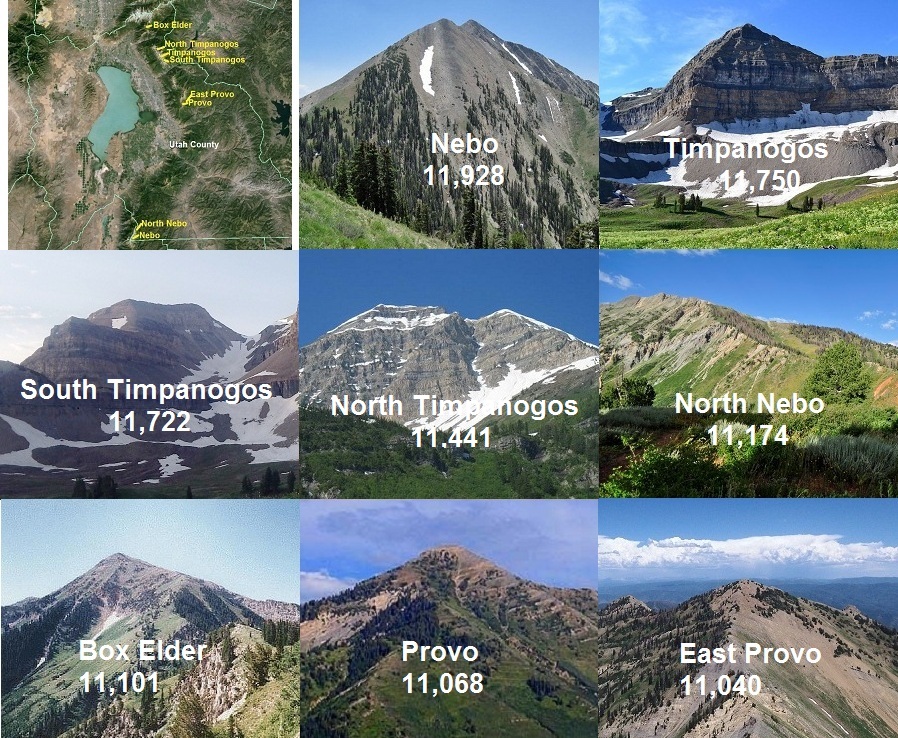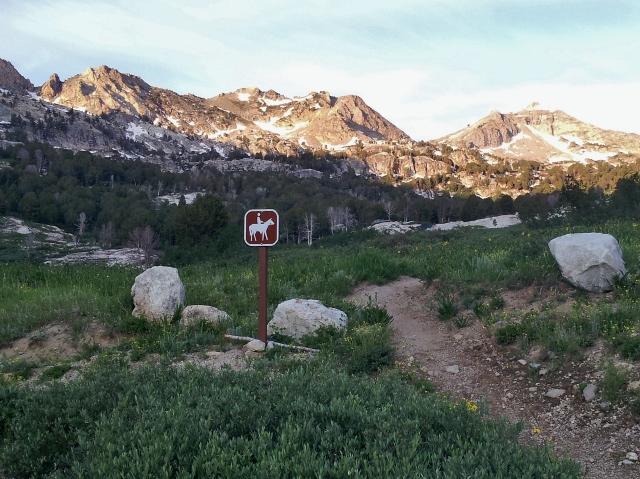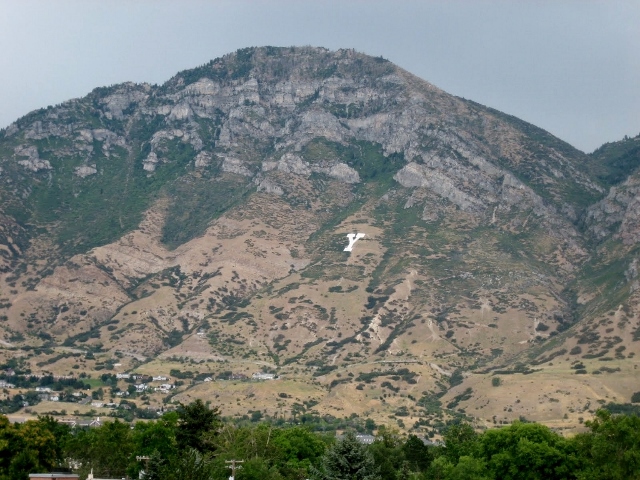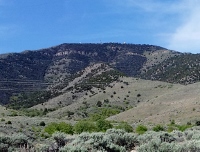I ran the very challenging Capitol Reef 100. This 100-mile course runs on the Aquarius Plateau which rises about 6,000 feet above Capitol Reef National Park which is off to the east. The Aquarius Plateau is the highest plateau in North America and covers more than 900 square miles. Little did I know how tough this race would be for me. I had hoped for a 27-hour finish, but I tossed away that hope about 25 miles into the race. What makes this race so tough is the altitude (all but 12 miles above 9,000 feet), boulder-ridden trails, and constant route-finding (even with good markings).
I’ve run many adventures in nearby Capitol Reef National Park so I have a great fondness for the region. I have driven the highway below the Aquarius Plateau, have seen the trailhead signs for the Great Western Trail, and have always wanted to experience the trail in this section of Utah.This was my chance. My experience was unforgettable.










 For the fourth time I went to run the Salt Flats 100 near Wendover, UT/NV. I really like the course which combines speed with some serious challenges. The Salt Flats 100 (and 50) starts on the historic Bonneville Salt Flats Speedway. The actual salt flats are 12 miles long and 5 miles wide covering just over 46 square miles. Near the center, the crust is 5 feet thick in places. That is 147 million tons of mostly table salt! It is the site of some astounding land speed records of more than 600 mph.
For the fourth time I went to run the Salt Flats 100 near Wendover, UT/NV. I really like the course which combines speed with some serious challenges. The Salt Flats 100 (and 50) starts on the historic Bonneville Salt Flats Speedway. The actual salt flats are 12 miles long and 5 miles wide covering just over 46 square miles. Near the center, the crust is 5 feet thick in places. That is 147 million tons of mostly table salt! It is the site of some astounding land speed records of more than 600 mph. 

